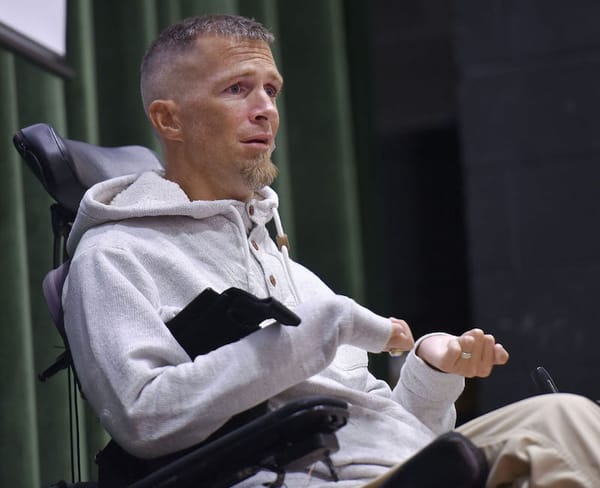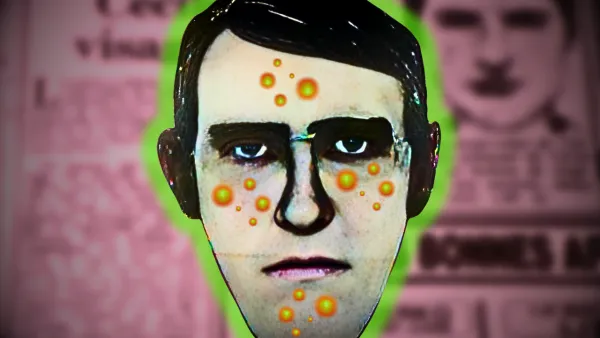Egyptian Model Carves and Cooks Up Husband For Thanksgiving Leftovers

It was a little past 9am when Jose Alfredo Esquivel woke to frantic knocking. Wiping the sleep from his eyes, Jose got out of bed and walked to the front door, arriving just in time to see a dark-skinned woman get into the driver's seat of a shiny-red Corvette and drive away. Surely, he thought, this woman had the wrong address as he knew no one who drove a beautiful ride like that one. He poured yesterday's coffee into a cup and quickly forgot about it.
A few hours passed when Jose heard the loud rumble of the red Corvette's exhaust again. He opened his door and immediately recognized the woman who rapped earlier as the 23-year-old Egyptian woman, Omaima Nelson, who he briefly dated in the past. It's been a few months since the two talked, but he would often wonder about her; he could never forget a beauty like Omaima.

Skipping the pleasantries, Omaima told of the reason for her intrusion. Her story hit Jose hard, as it would any man who heard it. Through tears, Omaima told Jose how her once-loving husband—a 56-year-old man named Bill Nelson—had knotted her to the bed, punched, struck and cut her, and even raped her savagely.
Jose did his best to assuage her, but couldn't quite find the right words, so Omaima continued her story. After three days of savagery, Omaima wiggled from her bindings and clobbered her abuser with a desk lamp. She smashed her husband so hard that she may have killed him.
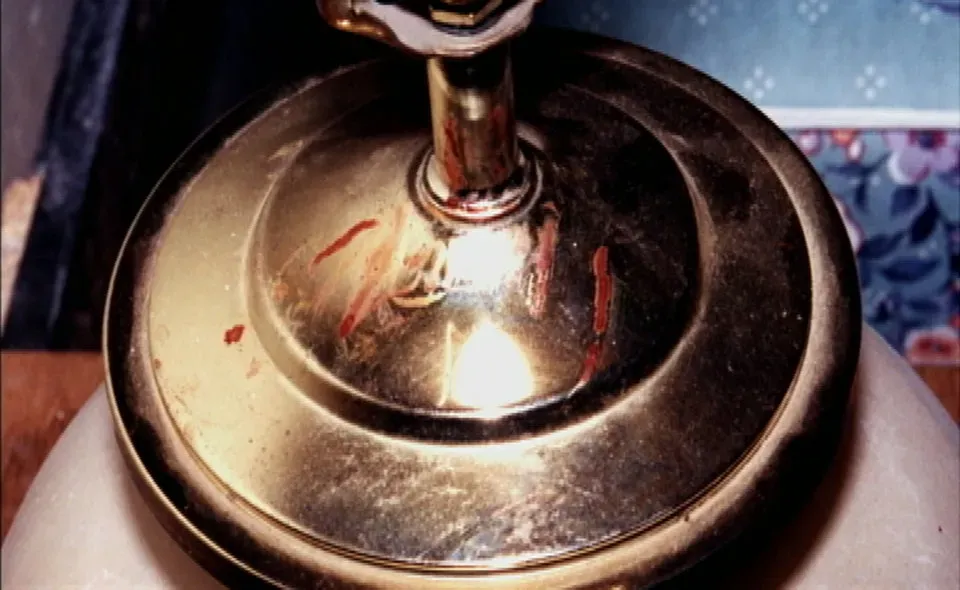
To Jose, it sounded like she used self-defense, and Omaima, being newly immigrated to America, did not know her legal rights, especially the defense known as Battered Woman Syndrome (BWS). BWS was first used as a defense in 1977, when a fed-up mother, Francine Hughes, stood outside of her Michigan home. She had already loaded her children into the car when the blaze she set engulfed the entire structure. Inside, toasting, was her abusive husband—or what was left of him.
Francine had spent her last thirteen years being punched like a boxing mitt, scraped, raped, and threatened by the worthless drunken'd man who slept in her bed. Francine did what she had to do to survive, walked free, and helped set an example for others like her.
Jose may have not been familiar with Francine's case, but knew that if Omaima was telling the truth, then she would have no problem explaining her situation to the police. Omaima protested to the possibility of going to the police and instead asked Jose if he would help her with a grueling task. She needed help to dispose of her husband and would give him $75,000 to do so.
"She said I was to dispose of the head, the dentures, so that wouldn't be any trace to make out who it was."—Jose Esquivel, The Los Angeles Times 11 April 1992
Jose agreed to help and told Omaima to wait in his apartment while he went out to borrow a friend's truck. Minutes later, police walked into the apartment and arrested her.
Her longtime friend had gone straight to the nearest payphone.
Omaima had changed her tone when the Costa Mesa Police questioned her. She said she had argued with her husband, but she didn't kill him. In fact, she claimed, he was still alive and on vacation in Florida. The police didn't believe her, especially when one officer spotted a "trash bag containing human organs" inside her husband's Corvette.
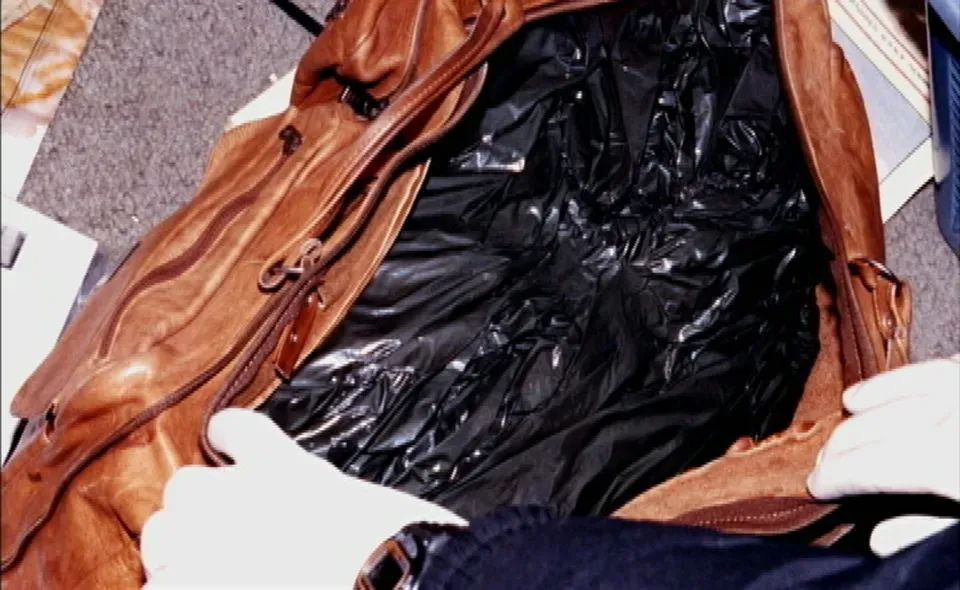
Make Do
Omaima is a woman who makes the best of her situation. Born in an Egyptian slum to a violent and abusive father, Omaima's mother would eventually carry her away to Cairo—a necropolis intertwined with civilisation known as "the city of the dead".
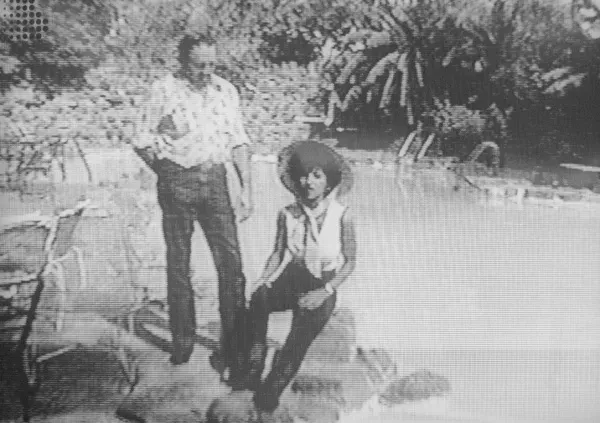
Omaima knew sexual and physical abuse at an early age. Before hitting puberty, she was snatched up by the women in her village and was forced to undergo "female circumcision"—without anesthesia. Although the procedure is often called a female circumcision, that specific term is severely misleading. The proper name is Female Genital Mutilation and is the removal of the clitorus to eliminate any pleasure from sex. In fact, this traumatic procedure often causes women who undergo it extreme pain during intercourse.
Born with nothing and raised as trash, Omaima relied on the one thing she had: her beauty—and used that to win the heart of an American oil man working in Cairo. She married, and ended up in Texas, but he quickly divorced her, leaving her to fend for herself as a non-English speaking immigrant who had no actual job skills.

Again, she relied on her beauty and went through a string of relationships until she met Bill Nelson—a big Texan with an even bigger personality. At 56, Bill was old enough to be Omaima's father, but he wasn't looking for a family since he already had five children and seventeen grandchildren of his own. The two met in a local watering hole and wed within the same month.
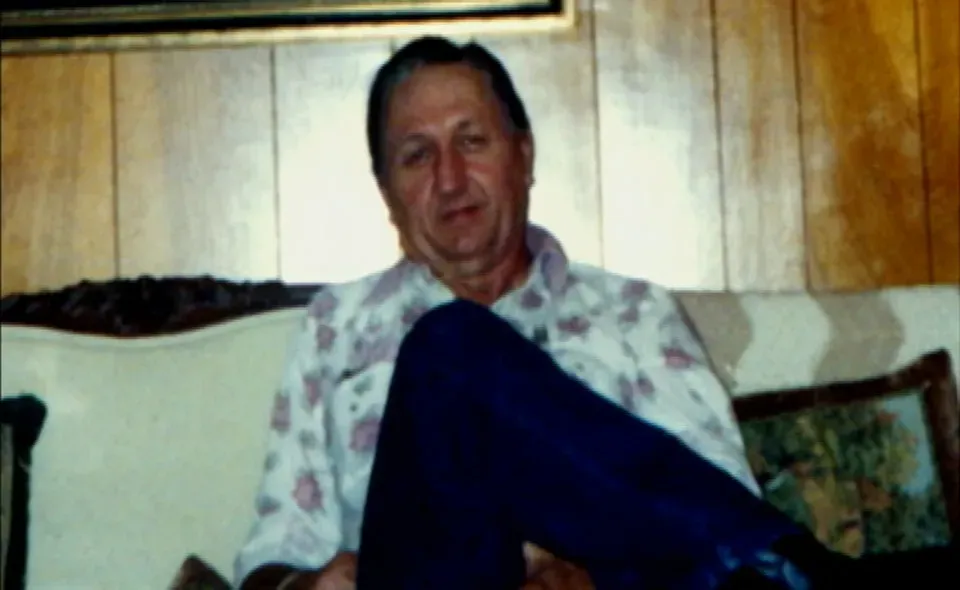
Too Many Pieces
A welfare check on Bill Nelson resulted in the discovery of a horrible sight. Bill was indeed still inside his Costa Mesa apartment, but he was hard to find because he was in "too many pieces."
Inside the apartment, police found plastic bags, one containing a pair of legs, severed at the knees. She had stuffed other bags with the sliced up organs and other appendages that once attached to a full male body.
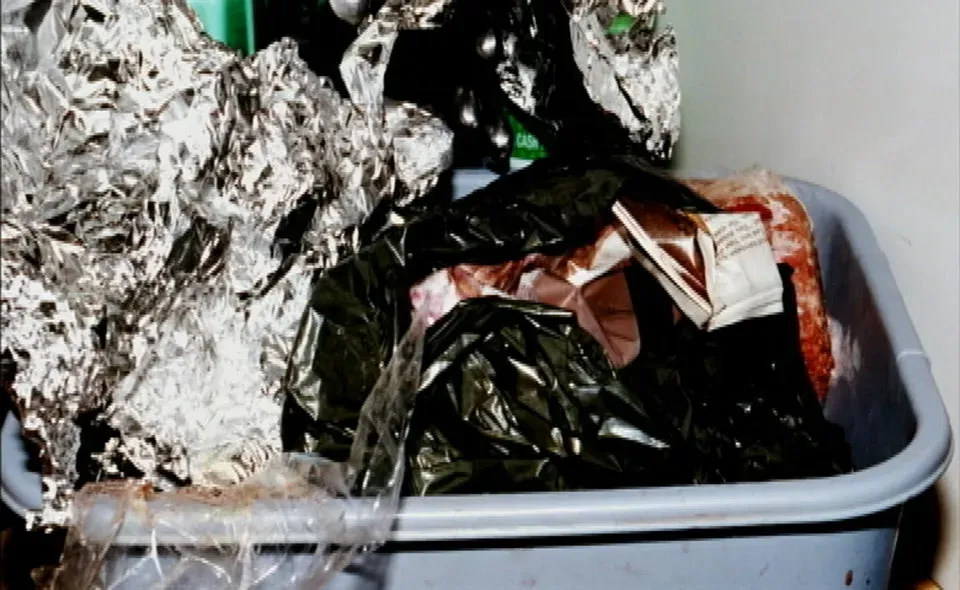
Inside a cardboard box was a "pair of hands" that had been wrapped in newspaper. A forensic team later discovered that the hands were coated in "cooking oil" where Omaima had tried to cook them.

The couple's mattress, where allegedly Omaima was tied to and tortured for three days, was soaked with "dried blood" all the way through to the bottom.

The apartment freezer contained "several small portions of Bill" neatly wrapped in aluminum foil.

But perhaps the most shocking thing found was the severed head of Bill Nelson shoved behind Thanksgiving leftovers and wrapped in foil.
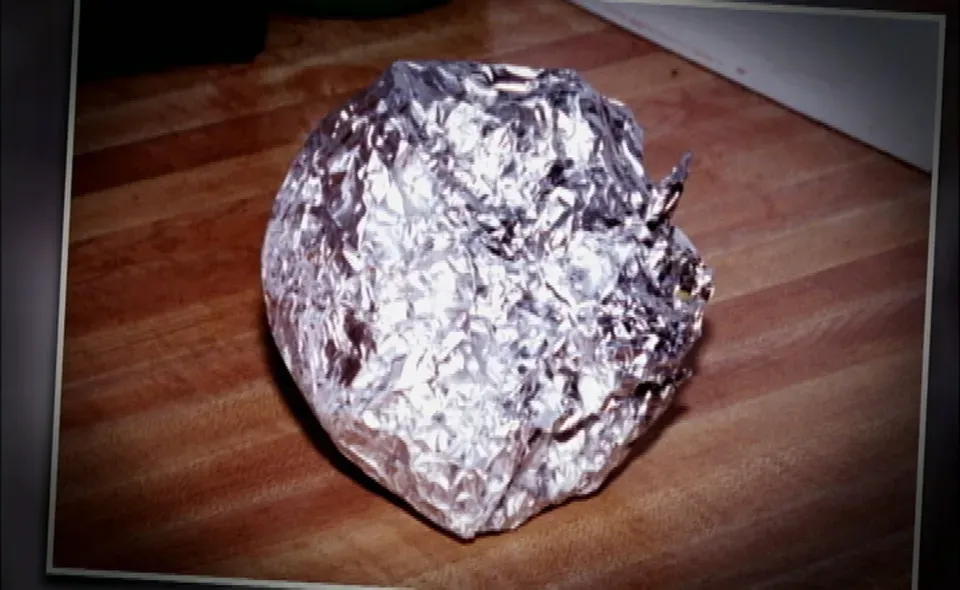
Clean
Omaima told many lies about killing her husband before she revealed the truth.
Her initial story of being tied up by her husband made little sense when detectives saw the amount of blood that seeped through the mattress. The only explanation for the large amount of blood was that she had tied Bill to the bed — not the other way around. A former boyfriend of Omaima also claimed she had tied him up and then threatened to kill him unless she got what she wanted.
She had told the police that her husband had raped and tortured her for three days. Although Omaima had some marks and cuts on her body, there was not enough to substantiate her story. A rape test also confirmed there was no trauma to her vagina or anus either.
Omaima claimed she had suffered from a temporary memory loss. "All I remember, " she said, "I got up, and I found him in a trash bag." She would even request to "talk to someone" regarding the visions she had during the murder of the "two women" with "blood all over them" that appeared in the apartment, looked at her tied-up husband and said, "he must die. He must die."
Missing Pieces
Perhaps the most gruelling detail in this case is best summed up by how Randy Pawloski, the Senior Deputy District Attorney, told Snapped. He stated that there was "100 or 80 so pounds of Mr. Nelson missing."
The medical examiner team had collected all that was left of Bill's body from the apartment, and also accounted for the parts stuffed down the garbage disposal. Based on Bill Nelson's weight on his driver's license, it did not account for a substantial portion of his body.
Simply put, Omaima had eaten large portions of her husband's body.
Omaima was convicted of second-degree murder of her husband and sentenced to twenty-seven years to life in prison. She has been eligible for parole since 2006, but was denied after "commissioners found her unpredictable and a serious threat to public safety". Her next potential parole date will be in 2026.



